3 weaning trends that families are interested in
In Vietnam, the three most popular weaning trends are: traditional weaning; Japanese-style weaning and baby-led weaning (BLW). Children are encouraged to feed themselves with their hands, deciding the speed and amount of food instead of being spoon-fed. This can be applied when the child is able to sit firmly, has good head control and has basic chewing and swallowing reflexes, usually after 6 months of age.

Parents can flexibly combine weaning methods to best suit their baby, instead of choosing just one method.
PHOTO: AI
Among them, traditional weaning (Vietnamese style) has been widely applied for many generations. The characteristic of this method is that the food is cooked in a mixture, pureed or cooked very soft. The caregiver feeds the child with a spoon, controlling the amount of food, the speed of eating and the way the food is brought to the child's mouth.
Traditional weaning helps parents control their child's food intake; ensures the energy and food composition that the child eats, gradually increasing the density and coarseness depending on the child's developmental stage.
Traditional weaning gives children little opportunity to learn how to actively chew, swallow and grasp food. Food is pureed and mixed, children cannot clearly perceive the distinct taste of each type of food, leading to limited taste development. In addition, some parents tend to force-feed, causing resistance, anorexia, or forming negative eating behavior later.
Without proper preparation instructions, children's meals may not provide enough energy or have an unbalanced nutritional composition, affecting their digestion and growth.
Weaning according to the "new trend"
With Japanese-style weaning, this method focuses on helping children experience the natural taste of food, forming healthy eating habits, and respecting their hunger and fullness signals.
In Japanese-style weaning, baby food is prepared separately, not mixed together like the traditional method. Food gradually increases in thickness and coarseness according to each stage of the baby's development. The baby holds the spoon himself, sits in the correct eating position, and practices chewing and swallowing depending on the characteristics of the food he puts into his mouth.
Studies in Japan have noted that babies who are weaned using this method are more likely to eat a variety of foods as they grow older. At the same time, Helps children develop good taste by feeling each type of food; supports the development of chewing skills, hand-eye coordination, increases independence; reduces the risk of prolonged anorexia thanks to children actively participating in the eating process.
This method requires a lot of preparation time because each type of food must be prepared separately; it is difficult to apply to busy families or families with many small children. If parents do not understand the method correctly, it can lead to a lack of energy or micronutrients due to the food being too "bland" or low because the children do not choose to use the food that the parents have prepared.
In Vietnam, Japanese-style weaning has become a "new trend" in the past 10 years, especially in big cities. However, many parents learn this method through social networks or word of mouth, leading to incorrect application of principles. For example, feeding too little fat or too bland food, increasing the risk of malnutrition if prolonged.
Each weaning method has its own advantages and limitations, and the important thing is not "which method is best", but which method is best for each child and family.
Parents can be flexible in combining methods instead of choosing just one way. For example, start with traditional weaning to ensure energy, then incorporate elements of BLW to encourage independence.
Source: https://thanhnien.vn/nguy-co-thieu-nang-luong-khi-an-dam-kieu-nhat-theo-thong-tin-tren-mang-185251029181613262.htm




![[Photo] Prime Minister Pham Minh Chinh chaired a meeting to evaluate the operation of the two-level local government model.](https://vphoto.vietnam.vn/thumb/1200x675/vietnam/resource/IMAGE/2025/10/29/1761751710674_dsc-7999-jpg.webp)
![[Photo] Hue: Inside the kitchen that donates thousands of meals a day to people in flooded areas](https://vphoto.vietnam.vn/thumb/1200x675/vietnam/resource/IMAGE/2025/10/29/1761738508516_bepcomhue-jpg.webp)
![[Photo] Prime Minister Pham Minh Chinh chaired a meeting to discuss solutions to overcome the consequences of floods in the central provinces.](https://vphoto.vietnam.vn/thumb/1200x675/vietnam/resource/IMAGE/2025/10/29/1761716305524_dsc-7735-jpg.webp)












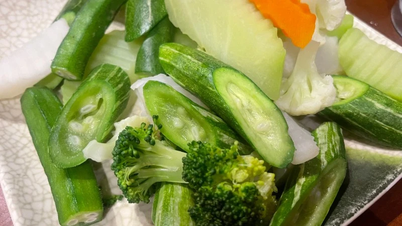
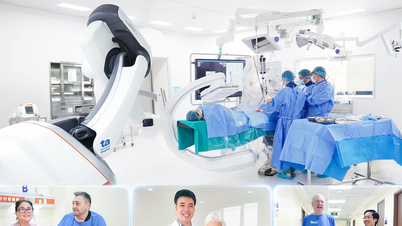

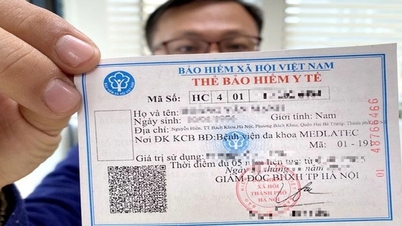






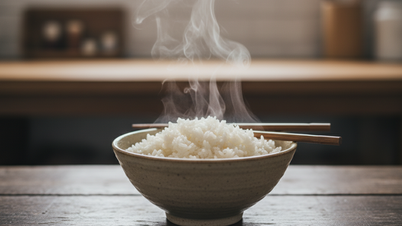



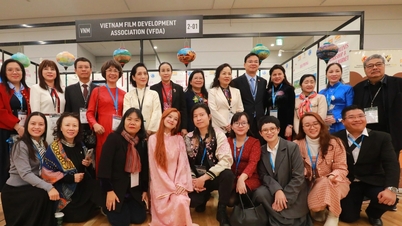













































![[Live] Concert Ha Long 2025: "Heritage Spirit - Brightening the Future"](https://vphoto.vietnam.vn/thumb/402x226/vietnam/resource/IMAGE/2025/10/29/1761743605124_g-anh-sang-am-thanh-hoanh-trang-cua-chuong-trinh-mang-den-trai-nghiem-dang-nho-cho-du-khach-22450328-17617424836781829598445-93-0-733-1024-crop-1761742492749383512980.jpeg)





























Comment (0)